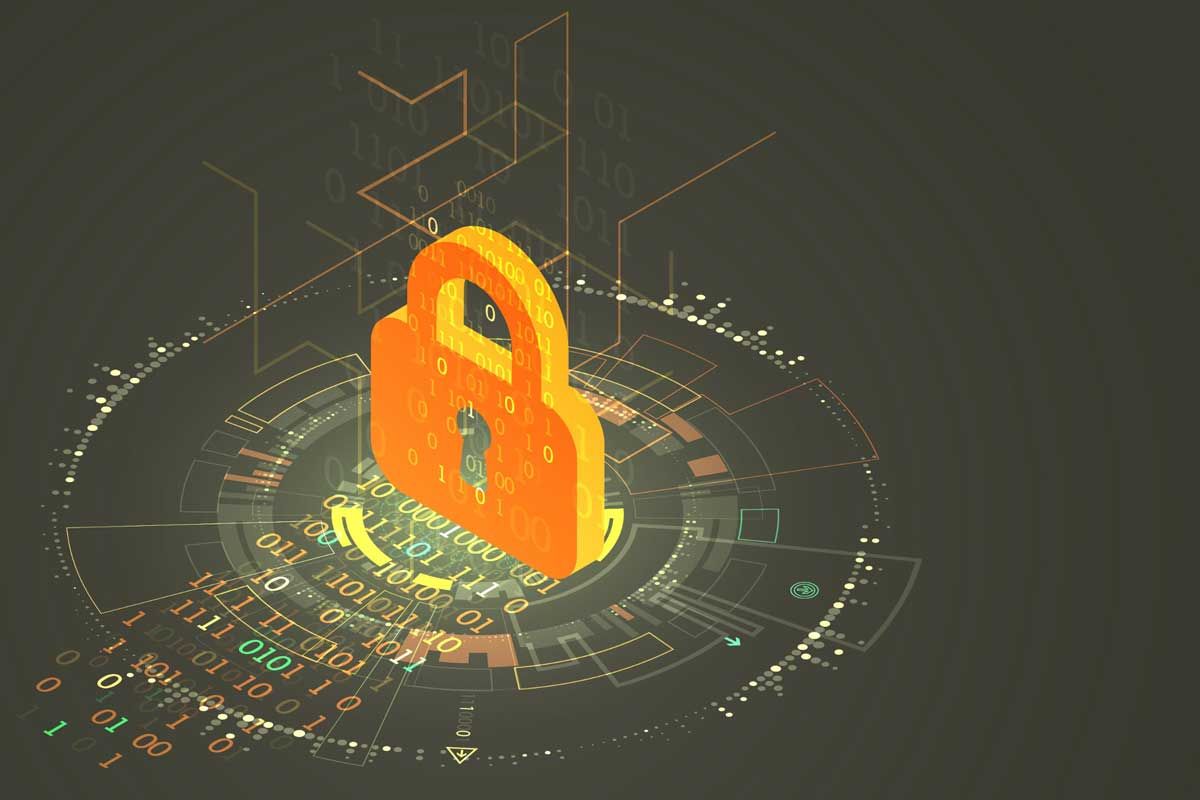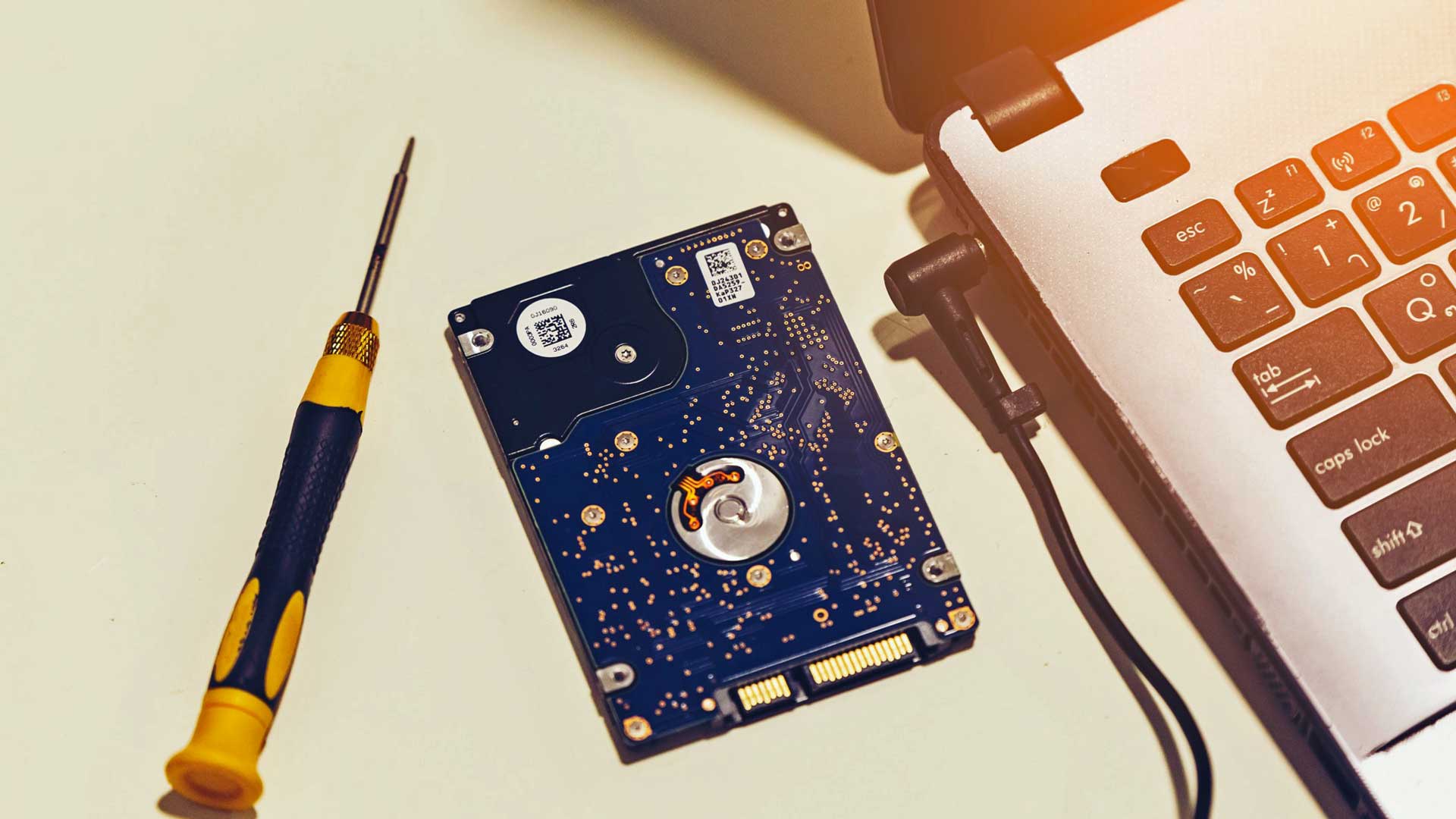Blockchain Explained: What You Should Know
Blockchain is a digital peer-to-peer network technology.

With the exploding popularity of Bitcoin and other cryptocurrencies, blockchains have begun to emerge as a revolutionary and disruptive technology across the global financial system. They are connected digital ledgers that record, duplicate, and distribute data across thousands of servers, allowing anyone to view other people’s entries in real-time. This transactional transparency makes the technology very secure for all users and prevents hackers from gaming or controlling the entire network.
Blockchain Powers Bitcoin, and So Much More
Blockchains and cryptocurrencies tend to be used interchangeably. However, the two are different, but closely related concepts. Blockchain refers to the technology that supports applications such as trades, fund transfers, voting, and many others. Cryptocurrencies like Bitcoin or Ethereum are just some of the many applications that rely on Blockchain technology for operations and security.
Blockchain combines three different technologies to work: cryptographic keys, a shared ledger, and mathematical verification to store entries. Let’s take a closer look at each of these below.
- Cryptographic Keys
Cryptographic keys are a sequence of letters and numbers. They’re made using keygens (or key generators) that employ advanced mathematics involving prime numbers. This encryption scheme uses two related aspects: a private key and a public key. A public key is accessible to everyone. A private key, on the other hand, is only known by its owner. Each public key exclusively matches one private key. This means that if you encode a transaction or message using another party’s public key, they’ll be able to decode it when they use the corresponding private key. Each user can use these two keys to create a secure digital identity, which is commonly referred to as a digital signature. - Distributed Ledger Technology
Blockchain is, as mentioned above, a distributed and decentralized public ledger based on a peer-to-peer network. What makes Blockchain different from other types of ledgers is how the data is structured. Unlike ledgers and databases that structure information into tables, Blockchain has blocks of data chained to each other. Information is collected in groups called blocks. These blocks have distinct storage capabilities. When they’re filled, they’re chained to the last block that was also completely filled. They then form a chain of data blocks—hence the name: Blockchain. The ledger is openly shared among the users as a permanent, time-stamped, and secure record of transactions. It can only be updated through consensus, which means that the users participating in the chain need to agree on any changes or additions. - Hash Function
Hashing refers to the process of converting data into a unique text string. This mathematical operation is quite simple to perform but very hard to reverse. Blockchain relies on hash encryption to secure information.
Blockchain uses hashing to write new entries, create timestamps for each, and connect them to the previous block. Once a block is added to the chain, it’s virtually impossible to reverse because of the one-way characteristic of the hashing process. Hashing is, thus, a critical part of Blockchain’s cryptographic integrity.
Beyond Cryptocurrencies
Most of the time, Blockchain is associated with cryptocurrencies and monetary transactions. However, it’s a reliable way to store information about other types of transactions, too. Here are some of them:
- Healthcare
Medical organizations and healthcare providers can use Blockchain technology to securely store the medical records of their patients. Once a record has been created and signed, it can be added to the chain so patients are more confident that their records are accurate, confidential, and won’t be easily changed. - Property Records
Today’s process of recording, storing, and verifying property rights can be difficult, inefficient, and prone to human error. Using Blockchain technology, the government and all property owners would have clear and transparent timelines of ownership. - Smart Contracts
These are codes to catalyze, negotiate, or verify contractual agreements. They work within certain terms and parameters that both parties agree to. Once a specific term is met, the contract would automatically implement it.
For example, both parties may agree that an apartment’s door code would only be given to the tenant once the landlord receives their security deposit. The contract is then stored on the blockchain and automatically executed. If the landlord does not supply the door code after payment has been made, the smart contract may automatically refund the tenant’s security deposit.
Put Your Business on the Blockchain
Although Blockchain is a relatively new technology, it has the potential to improve the way businesses and industries operate. Many online businesses and companies these days are in fact accepting cryptocurrency payments and using Blockchain technology to ensure smarter, more secure transactions.
Are you ready to start accepting cryptocurrencies? We can help! Let's schedule a meeting.
You can also pay your one-time invoices using $USDC. Learn more here.
Advancify News Network

About Advancify
Additional Links
All Rights Reserved ▷ Advancify LLC









